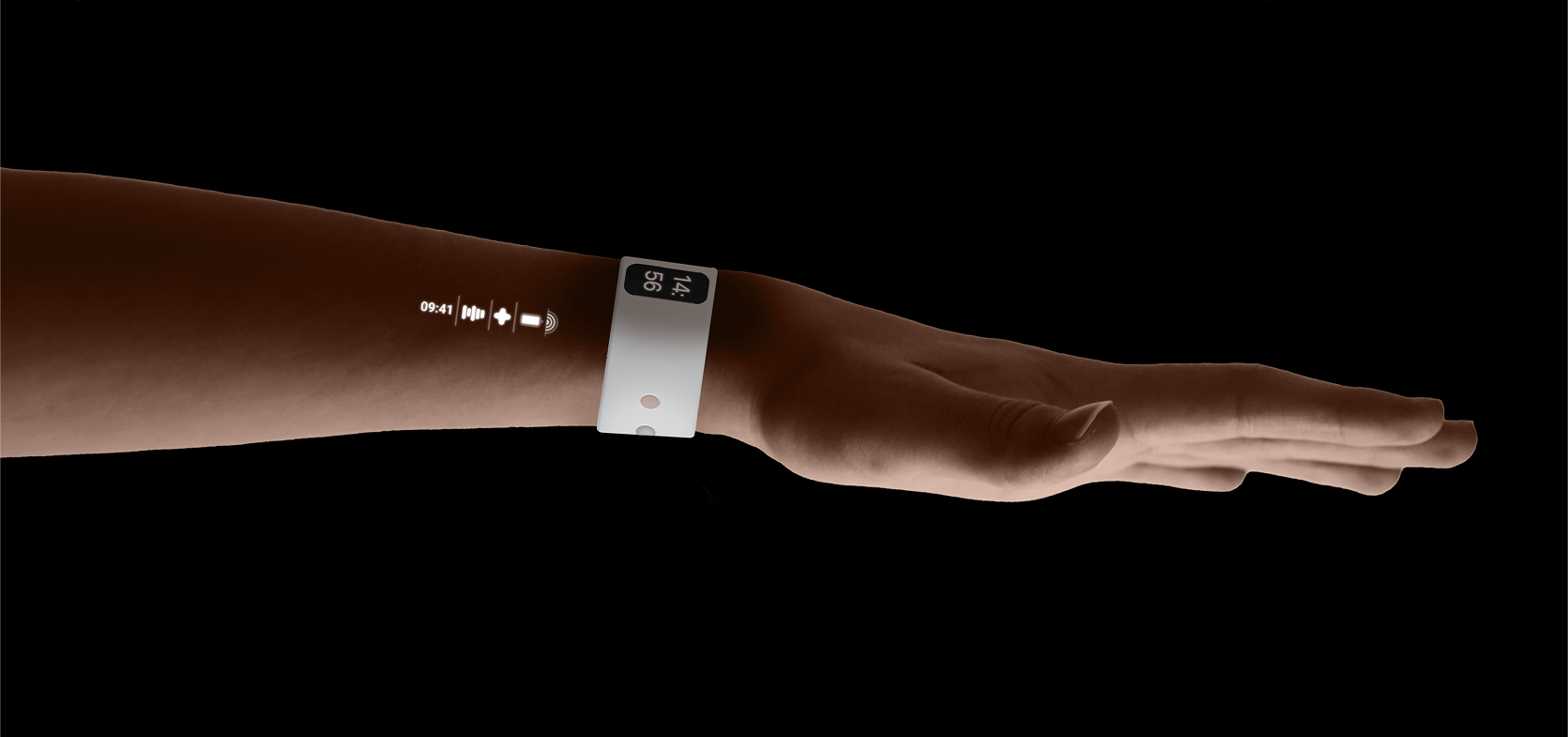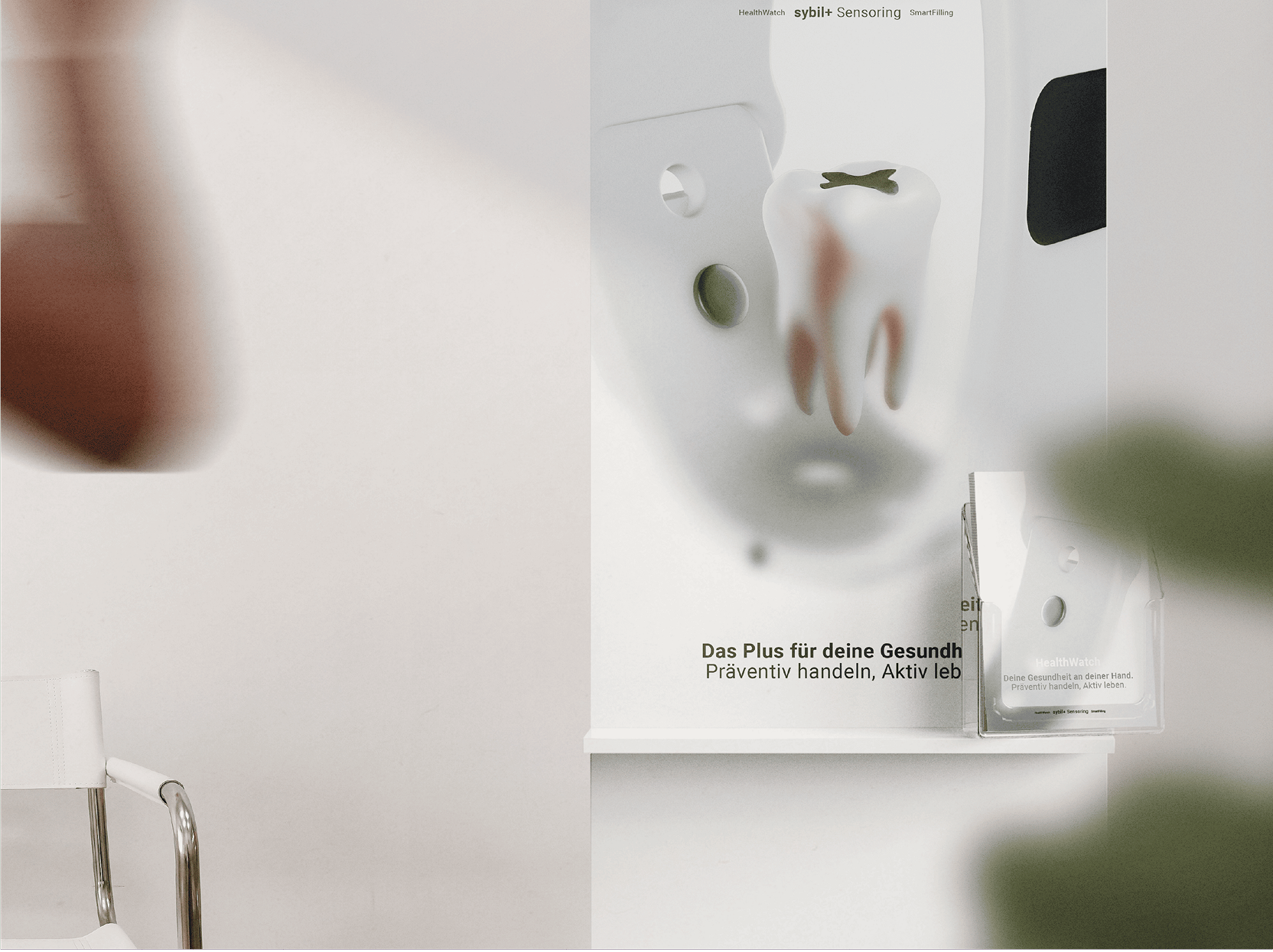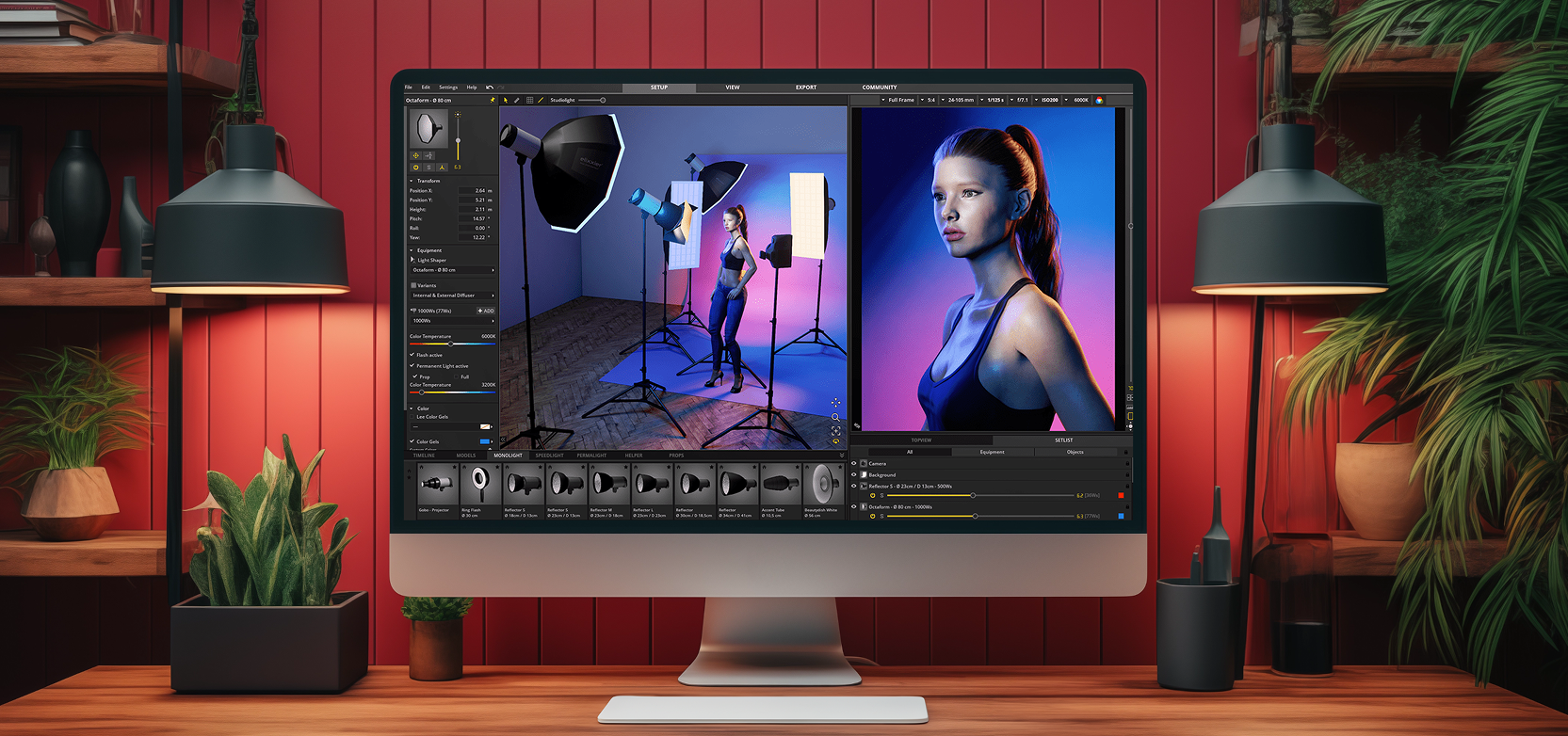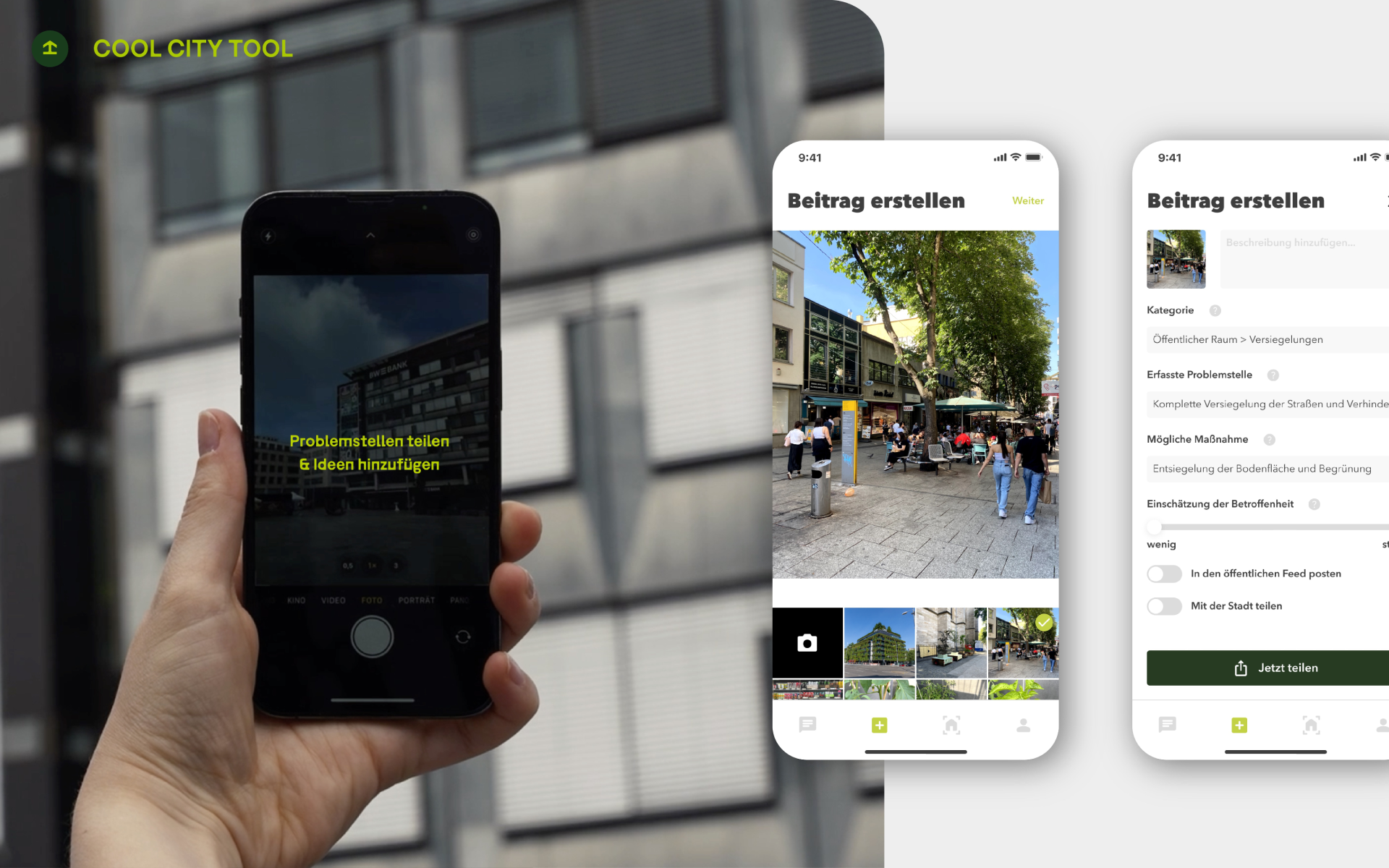Sybil+
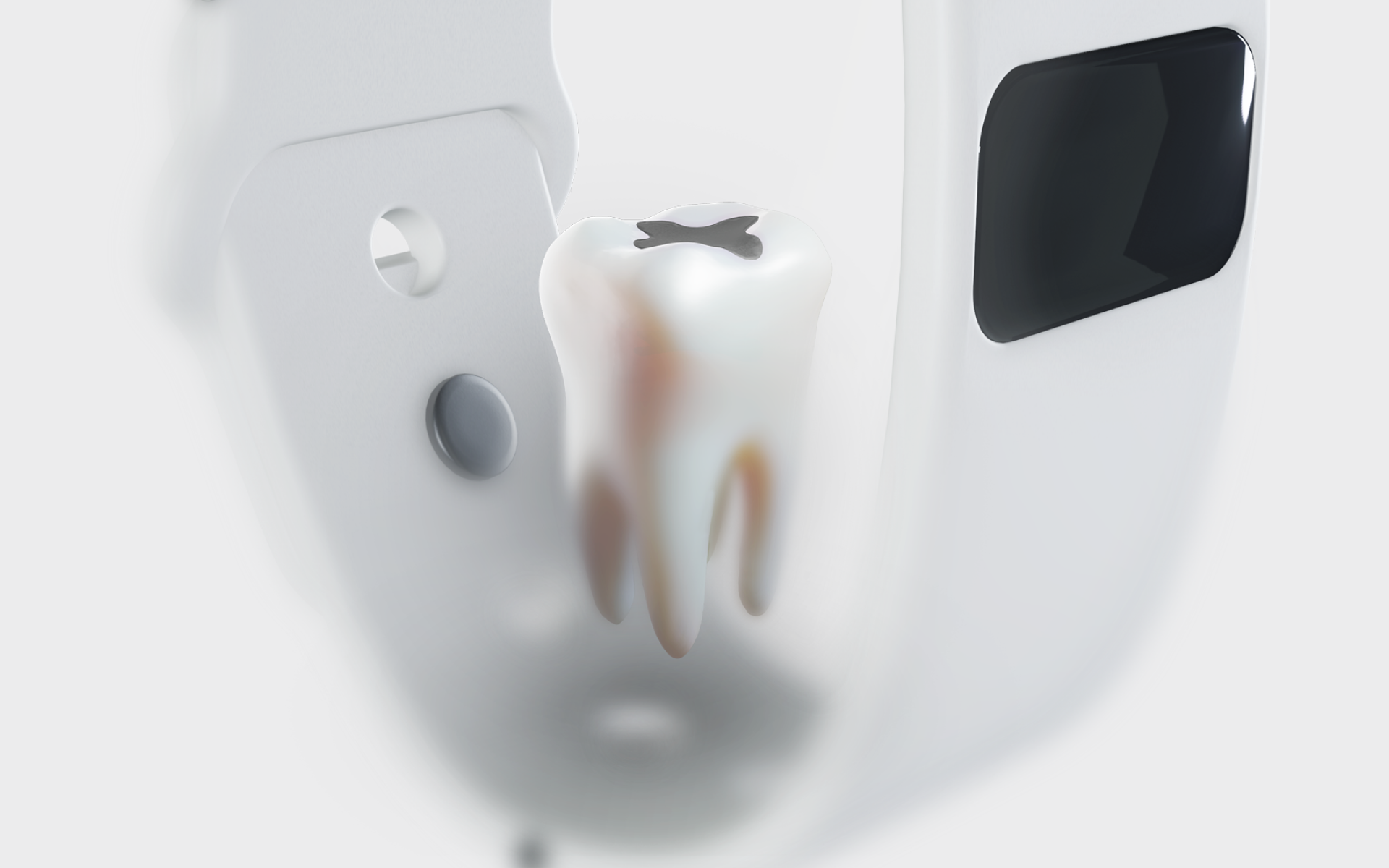
Sybil+ A FUTURE HEALTH CONCEPT Chronic conditions already consume 80 % of Germany’s healthcare spend, yet most are preventable if flagged early. Sybil+ envisions a sensor-driven service that sits quietly in people’s lives, correlates everyday bio-signals and nutrition data, and warns of looming “life-changing events” years before symptoms appear. Two unobtrusive devices—the SmartFilling, a dental implant that tracks food intake and core vitals, and the HealthWatch, which logs activity and biometrics—stream their data to an AI that delivers personalised risk forecasts and behaviour nudges. By turning passive check-ups into continuous, predictive diagnostics, Sybil+ promises fewer acute treatments and leaner insurer costs.
STRATEGY
Our team defined the core problem as the costly delay between silent disease progression and first clinical diagnosis. The shared vision therefore became “from reactive care to proactive guidance.” Everything in the service architecture follows three design principles: the hardware must blend into daily life; data ownership must remain transparent and user-controlled; and the experience must slot naturally into existing care routines so that dentists, general practitioners and insurers can adopt it without disruption. My contribution as UX designer was to translate those principles into concrete journey goals, screen flows and privacy touchpoints that keep the preventive promise front and centre.
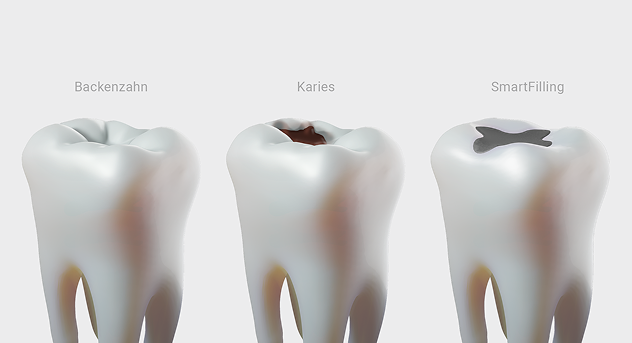
RESEARCH INSIGHTS
Desk research showed that implantable sensors are expected to reach broad medical approval within the next decade, making a dental form factor plausible. Expert conversations with a statutory insurer, a practising dentist and two privacy officers confirmed that people will share intimate data when three conditions are met: the sensor is added during a procedure they needed anyway, the benefit is tangible and the data path is auditable. These insights anchored our concept in real user concerns and regulatory constraints.
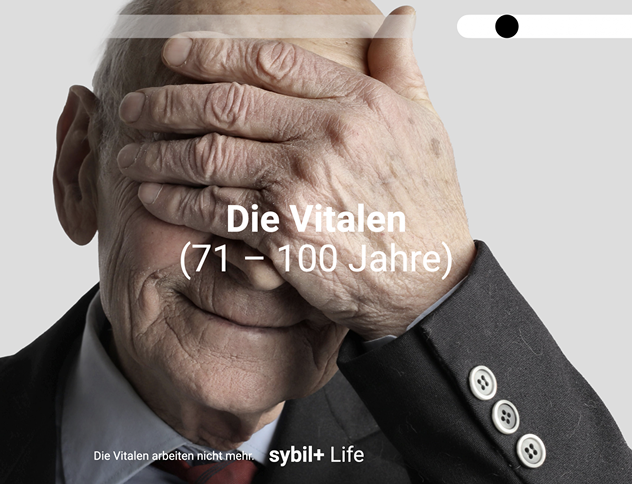
APPROACH
Starting from the question “How might we reveal tomorrow’s diseases in today’s routines?”, we combined speculative design with human-centred methods. A scenario-mapping exercise illustrated how everyday life might change when diagnostics become ambient. A Crazy-8 workshop generated more than forty early ideas, from which the implant-plus-wearable setup emerged as both desirable and feasible. I then built low-fidelity Figma flows, scripted a Wizard-of-Oz prototype that simulated AI feedback and iterated weekly with the group to refine language, risk scales and consent moments.
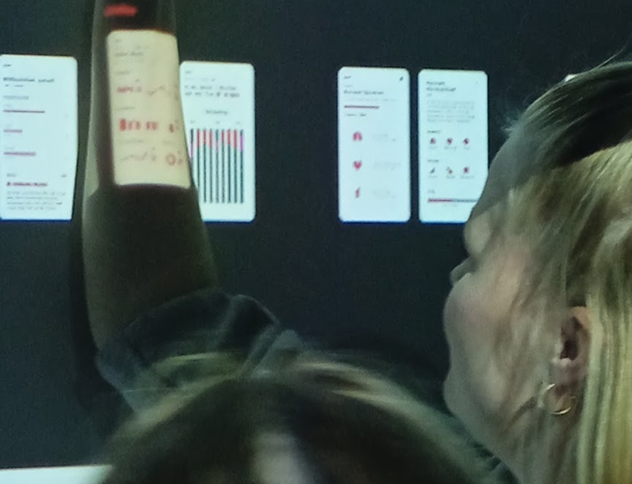
DESIGN
In the final prototype the SmartFilling and HealthWatch pair automatically and stream data into a mobile dashboard. The interface visualises a colour-coded “Risk Horizon” that shows the estimated time until conditions such as hypertension or diabetes could develop if current patterns persist. Usability sessions with twelve participants demonstrated that most users understood the horizon’s meaning in under twenty seconds and found the guidance actionable. Feedback also confirmed that placing consent toggles directly next to each data type strengthened trust.

LEARNINGS
Sybil+ was showcased at the HfG winter exhibition, where it sparked interest from a health-insurance innovation unit as a thought starter for preventive services. The project taught me three transferable lessons: unobtrusive “silent” technology can increase acceptance for sensitive health data; speculative storytelling gains credibility when paired with concrete integration points in today’s care journey; and aligning privacy architecture with user flows from day one prevents costly redesigns later. These insights now shape my strategic UX practice, enabling me to link future-facing visions with grounded, user-centred execution.

